Phonetic Alphabet
NATO Phonetic Alphabet
The NATO Phonetic Alphabet, also known as the ICAO Spelling Alphabet, is a series of words assigned to each letter of the alphabet. This was done so that the words would sound distinct enough in order to transmit over radio or telephone regardless of language differences or the quality of the communications.
Basic Radio Procedure
Both pilots and Air Traffic Controllers use a standard way of communicating to each other which provides information in a clear, concise, and predictable manner. By adhering to correct Radio Procedure you will ensure that:
- You understand clearly what is said to you
- You are understood clearly by others
- That radiotelephony exchanges are efficient and safe
- The proper procedures are adhered to
The following tips ensure messages are received as intended:
- Check receiver volume
- Don’t talk to close to the microphone
- Don’t touch the microphone with your lips
- Don’t hold the boom while transmitting
- Think – Before you speak – What are you going to say?
- Listen – Before transmitting – Don’t talk over someone else
- Tone – Use a normal conversational tone, speak clearly and distinctly
- Speed – Do not speak too fast. If the recipient will write down the message, speak slower
- Volume – Maintain normal speaking volume at a constant level
- Avoid hesitation sounds – Such as “er” or “um”
- Press fully – the PTT switch before speaking. Do not release it until the message is completed. – This will ensure all of your message is transmitted
- Wait – If your message isn’t answered, wait least 10 seconds before you make a further call – the person you are calling may be busy
Commonly Used Words
- Acknowledge – Let me know you have understood this message
- Affirm – Yes
- Approved – Permission granted for proposed action
- Break break – Used to determine a gap between messages to separate aircraft when said close together
- Cancel – The previous clearance is no longer valid
- Cleared – Authorised to proceed to a specified location/altitude
- Disregard – Ignore
- Hold Short – Stop before you reach a specified location
- Monitor – Listen out on a specified frequency
- Negative – No, or Incorrect
- Request – I would like to know
- Stand by – Wait and I will call you
- Unable – I cannot comply, usually followed by the reason
- Wilco – I understand and I will comply (short for will comply)























